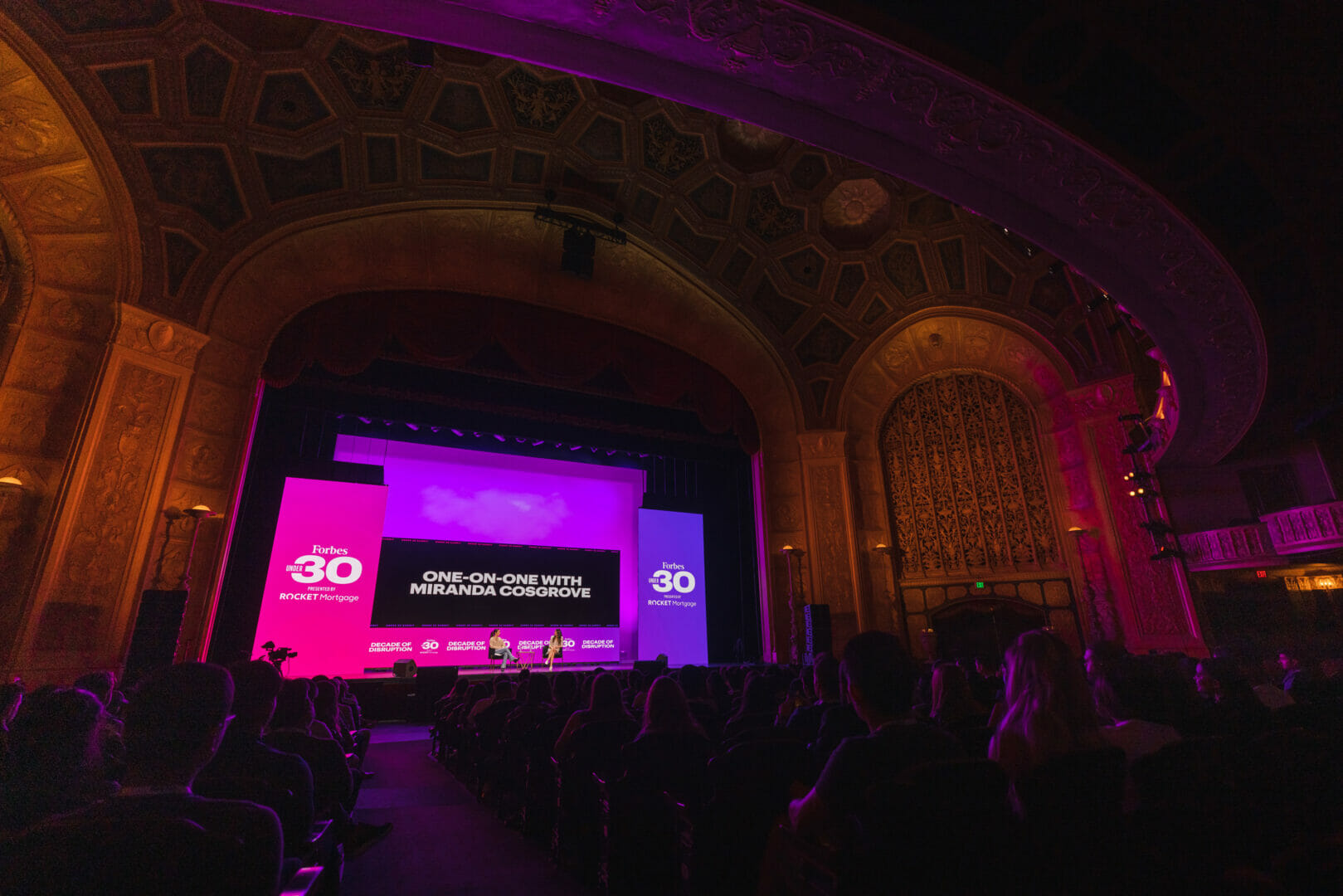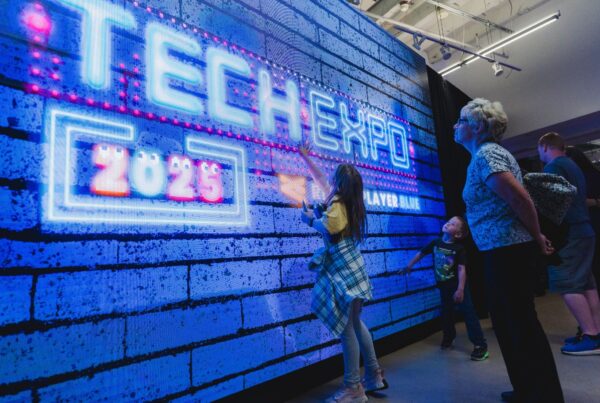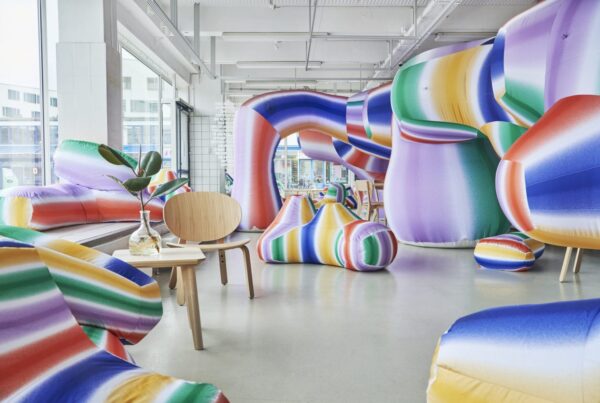Inclusivity is an important aspect of any successful event. As event professionals, it’s our responsibility to ensure that everyone, regardless of their abilities, can fully participate and enjoy the experience. Fortunately, advancements in technology offer a wide range of tools and solutions to help us achieve ADA compliance and create truly inclusive events.
What is ADA Compliance and Why Does it Matter for Events?
ADA compliance refers to adhering to the regulations set forth in the Americans with Disabilities Act (ADA), which mandates accessibility for individuals with disabilities in various aspects of public life, including events. It encompasses provisions for physical access, communication accommodations, and reasonable modifications to ensure equal participation for everyone. At events, ADA compliance is paramount as it ensures that all attendees, regardless of their abilities, can fully engage with the content, activities, and amenities provided. By prioritizing ADA compliance, event organizers demonstrate their commitment to inclusivity and create environments where everyone can participate, contribute, and enjoy the event experience without encountering barriers or discrimination. Let’s take a look at a few different ways you can use technology for ADA compliance at events:
Mobile Apps for Accessible Navigation
One of the key challenges for attendees with disabilities is navigating the event venue. Mobile apps equipped with accessibility features can be helpful for providing real-time navigation assistance. These apps can offer accessible routes, highlight wheelchair-accessible entrances and exits, and provide information about accessible amenities such as restrooms and seating areas.
Hybrid Event Platforms
Hybrid events are becoming more mainstream, allowing attendees to participate either in-person or virtually. Platforms like Parallel provide robust tools for live streaming events, enabling those who cannot physically attend to still engage and interact remotely. By offering a hybrid experience, event organizers can ensure that everyone has the opportunity to participate, regardless of their location or physical capabilities.
Live Captioning and Transcription Services
For attendees who are deaf or hard of hearing, live captioning and transcription services are essential for ensuring equal access to presentations and speeches. These services convert spoken content into text in real-time, allowing individuals to follow along and fully engage with the event.
Seamless Audio Experience
Modern listening solutions such as Listen Everywhere offer an alternative method for delivering audio content to attendees. Instead of traditional assistive listening devices, Listen Everywhere streams audio directly to attendees’ smartphones over the existing Wi-Fi network. This eliminates the need for additional equipment and provides a seamless listening experience for individuals with hearing impairments.
Easy to Read Signage
For attendees with visual impairments, large print, easy to read signage can enhance accessibility and wayfinding within the event venue. High-contrast, easy-to-read signs can provide crucial information such as event schedules, room numbers, and directional cues. Consider opting for digital LED displays over traditional printed banners. LED displays consume significantly less energy compared to printed materials and offer the flexibility to update information dynamically without the need for reprinting.
Incorporating technology into event planning and execution is not just about embracing innovation; it’s about fostering inclusivity and accessibility for all attendees. As we continue to harness the power of technology, let’s remember that inclusivity should always remain at the forefront of our efforts. By embracing these solutions, we can create events that are truly accessible to everyone, regardless of their abilities. Need help planning your next event? Contact us today to get started!











